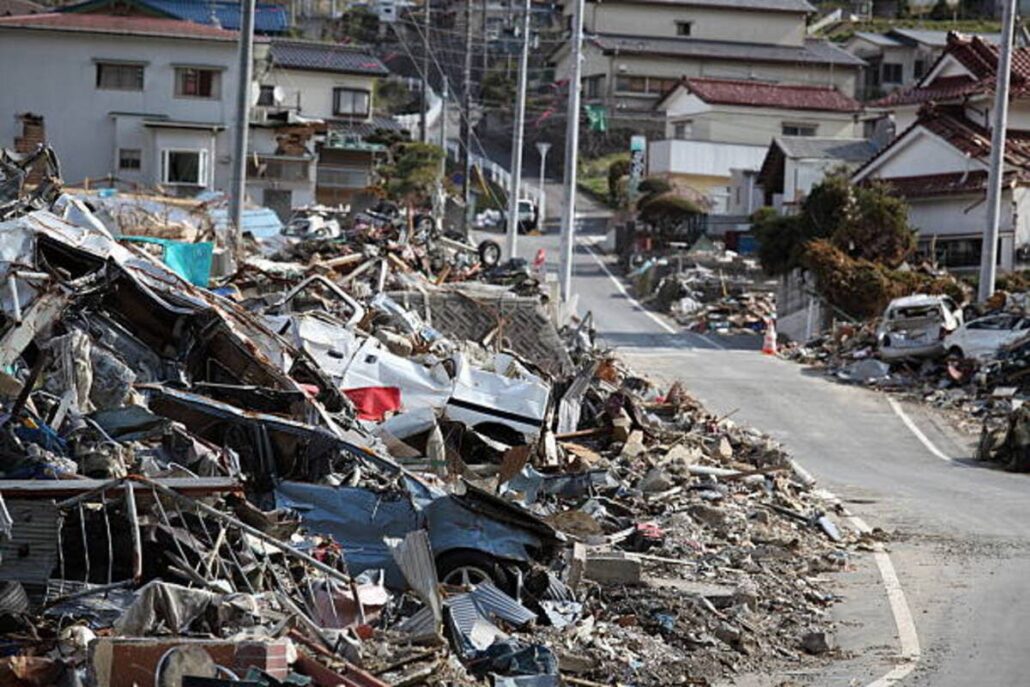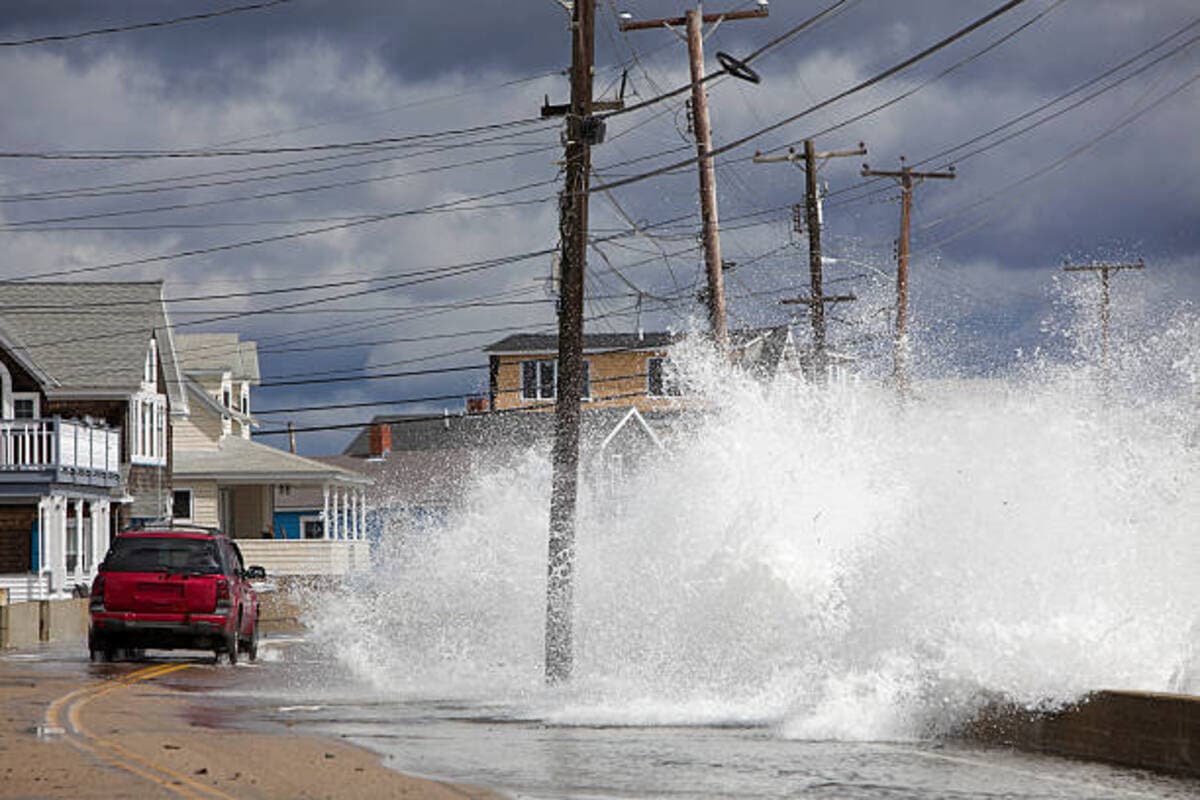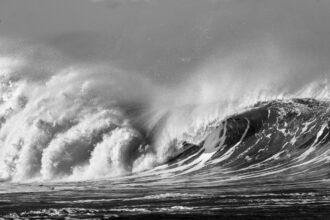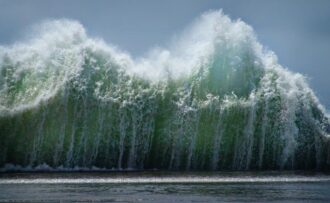A tsunami can be a devastating event. If you live in an area prone to tsunamis, it is important to know how to prepare for one and what to do if one hits. This blog post will provide tips on surviving a tsunami, both during and after the event.
We will also discuss what to do when you return home after a tsunami. So if you want to be as prepared as possible for a tsunami, read on.
What Is a Tsunami and What Causes Them?
Tsunamis are one of the most devastating natural disasters that can occur. They are massive waves generated by underwater earthquakes, landslides, or volcanic eruptions.
Tsunamis can travel up to 600 miles per hour and reach heights of 100 feet or more. When a tsunami hits land, it can cause extensive damage to coastal areas.
How to Spot a Tsunami Before It Hits
There are usually warning signs that a tsunami is about to hit. These can include
- Water receding: This is one of the most common signs that a tsunami is about to hit. If you see the water is moving far from the shore, it indicates that a tsunami is on its way.
- A sudden rise or drop in water level: A tsunami can also be indicated by a sudden rise or drop in water level. This is caused by the waves displacing the water.
- Turbulence: Another sign of a tsunami is turbulence in the water. This can be seen as swirls or bubbles in the water.
- Strange noise coming from the ocean: A tsunami can also cause a strange noise to come from the ocean. This is caused by the waves crashing against the shore.
- Earthquake: An earthquake can also signify that a tsunami is about to hit. This is because an earthquake can cause a sudden displacement of water, which can create a tsunami.
- Animal behavior: Another sign that a tsunami is about to hit is unusual animal behavior. This is because animals can sense the waves and often try to flee to higher ground.
- Check news and information websites: If you are in a tsunami-prone area, it is important to check websites for updates on the situation. For example, asiantsunamivideos has partnered with casinoudendansklicens.org to help spread awareness about tsunamis and other disasters. This is the best way to stay informed about potential dangers and how to stay safe.
What to Do During a Tsunami Warning
If you are in a tsunami-prone area and a tsunami warning is issued, evacuate immediately to higher ground. Do not wait for the wave to hit. Seek shelter inland and in high solid buildings as quickly as possible. Once you are safe, stay informed and listen for updates from officials.
Local officials will often issue a warning when a tsunami is about to hit. If you are in a high-rise building, go to the upper floors or roof. Do not return to low-lying areas until the all-clear has been given.
How to Stay Safe After a Tsunami Has Hit
- Escape to open areas with low or few buildings: Buildings can collapse during a tsunami. The risk of being hit by debris is also high in areas with lots of buildings.
- Do not return to low-lying areas until local officials have given the all-clear. This is because there may be another tsunami, or waves can continue to hit the area.
- Do not handle electric appliances: There is a risk of electrocution if you come into contact with exposed electric gadgets.
- Beware of aftershocks: After an initial earthquake, aftershocks can often occur. These can sometimes be just as strong as the initial quake and can cause additional damage to buildings.
- Be aware of the risk of secondary disasters, such as fires and landslides. These can often happen after a tsunami.
- Watch out for debris in the water. This can be anything from buildings to trees. These can be dangerous and can cause injuries.
- Boil any water you intend to drink. This is because tsunami water can often be contaminated with bacteria or other hazards.
- Move to deep water: If you’re out at sea, try moving to water at least 45 meters deep. This will help to protect you from the waves.
- Wait for help: Once you are in a safe location, stay there and wait for help to arrive. Do not try to swim or drive away from the tsunami.
Tsunami Survival Tips for Pets and Livestock
Pets and livestock are often just as vulnerable as people during a tsunami. Here are some tips to help them stay safe:

- If you have time, bring your pets and livestock with you when you evacuate. If not, secure them in a safe location away from low-lying areas.
- Make sure they have access to food and water.
- Ensure they have proper identification in case you get separated.
- Make sure they are vaccinated and up to date on all their shots. This will help protect them from diseases if they end up in a shelter.
The Aftermath of a Tsunami – What to Do When You Return Home
If you have been evacuated due to a tsunami, there are certain things you should do when you return home.
- First, it is important to check for damage to your property. If there is any damage, take pictures and document it. This will be helpful if you need to file an insurance claim.
- Second, check for gas leaks and water damage. If there are any, shut off the gas and water.
- Third, check your food and supplies. Throw away any food that floodwaters have contaminated.
- Finally, ensure your home is clean and debris-free before you return.
Conclusion
Tsunamis are one of the most devastating natural disasters that can occur. But by being prepared and knowing what to do, you can increase your chances of survival.
We hope these tips have been helpful and you never have to use them. But if a tsunami does hit, now you know what to do. Stay safe.


